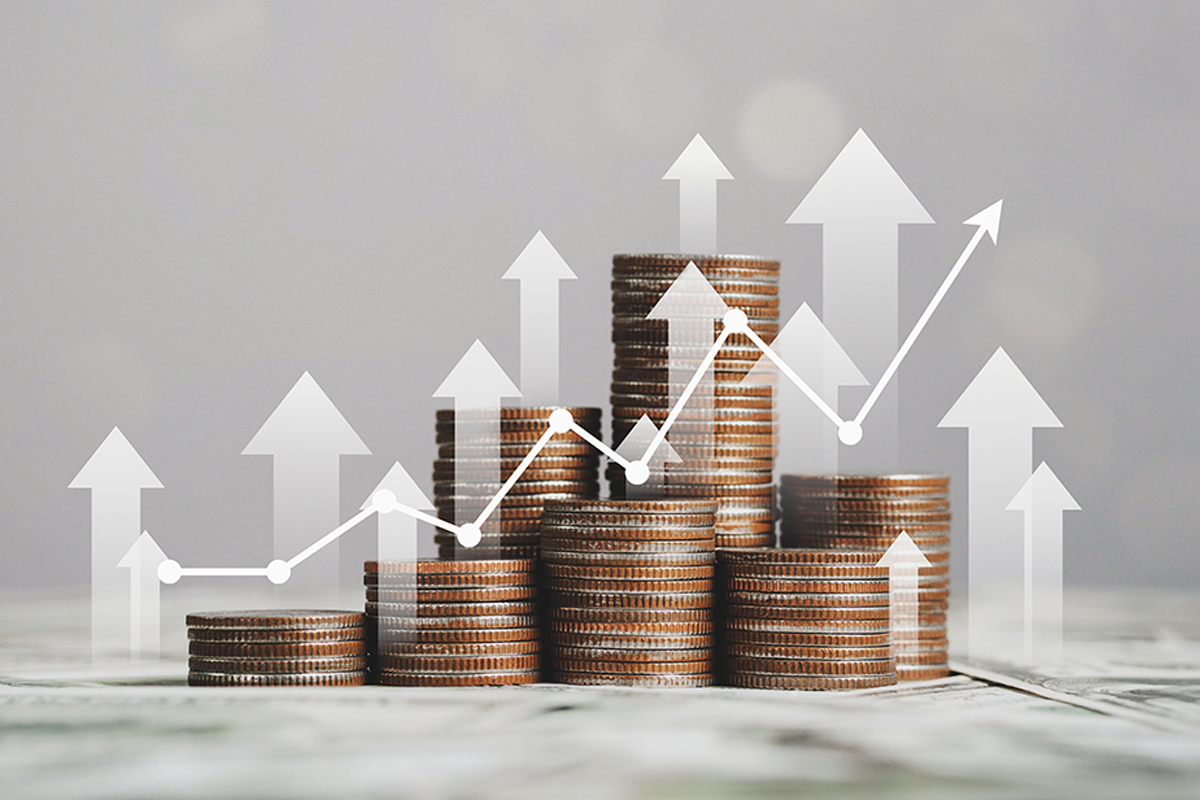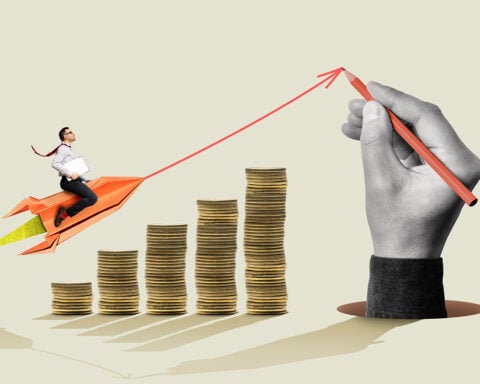If you have saved up or come into a sum of $50,000 and are pondering investment avenues in 2023, you’re in luck. We’ve sought guidance from two seasoned financial gurus on the best ways to allocate these funds. Their insights might be quite eye-opening.
Sylvia Kwan from Ellevest, a chief investment officer, notes, “The ideal investment avenue largely rests on your individual financial standing and objectives. However, before considering investments, if you’re burdened with high-interest debts, it’s wiser to pay them off.”
Here are some pathways to ponder.
Prioritize Debt Settlement and Formulate an Emergency Reserve
Considering the rise in interest rates recently, both our consulted experts unanimously emphasized the importance of debt reduction.
If high-interest debt is not a pressing concern, Kwan suggests having an easily accessible emergency fund covering three to nine months of expenses. “With the rise in interest rates, you might fetch 4 to 5 percent returns from a money market fund.”
Rob Williams from Schwab, echoes this sentiment, adding, “Money market funds offer stability and consistent returns.”
If you’re saddled with debt but can’t clear it all at once, contemplate securing a balance transfer credit card with an initial 0% APR. The U.S. Bank Visa® Platinum Card, for instance, offers a 0% APR for the initial 18 cycles and a bonus: free cell phone coverage if you settle your phone bill with it.
Harness the Power of CDs and T-Bills
Once free from debt and equipped with an emergency reserve, ponder on the timeline for which you can lock away the funds.
Kwan suggests, “If you’re anticipating requirements within a year, like a down payment, CDs and T Bills, especially with their attractive yields, are worth considering.”
For longer horizons of up to five years, both Kwan and Williams recommend a mix of stocks and bonds. Presently, banks like Quontic offer over 5% APY on their one-year CDs.
Venture into Stocks, But Tread Cautiously
Williams describes investments as foundational blocks: cash investments, bonds, and stocks. Bonds are gaining traction due to inflation concerns, though their returns aren’t fixed. Stocks, while offering substantial growth prospects, come with their share of volatility.
Diversify with ETFs
ETFs or exchange-traded funds, are a valuable tool for portfolio diversification. As Kwan explains, they often move in tandem with inflation. Williams adds that a $50,000 investment can yield a diversified ETF portfolio that’s tax-savvy and cost-effective.
The Real Estate Dilemma
While heightened interest rates have made real estate investments pricier, it remains a viable route for the right individual. Williams mentions its illiquid nature, “Unlike other assets, real estate doesn’t offer immediate liquidity during market downturns.”
The pivotal thing, as Kwan stresses, is taking action. “Procrastination is the foremost blunder. Ideally, you should have started yesterday, even with a modest sum. Delay can be costly, thanks to the power of compounding.”
The other trap? Chasing investment fads. “Investing should be a steady journey, not a thrilling chase after the latest trend,” says Kwan.
The ultimate advice: Start wherever you stand, as time is a valuable ally.
In a dynamic financial landscape, the essence of smart investing lies not in chasing momentary gains but in formulating a stable, long-term strategy. As the experts advise, foundational financial steps like debt clearance and building an emergency fund lay the groundwork. From there, diversified portfolios that balance risks and rewards offer the best chances at growth. Time, more than money, remains the investor’s greatest asset. So, if you’re contemplating investing, the ideal moment to plunge in is right now.







